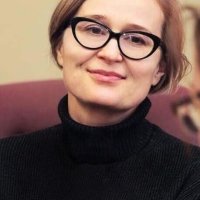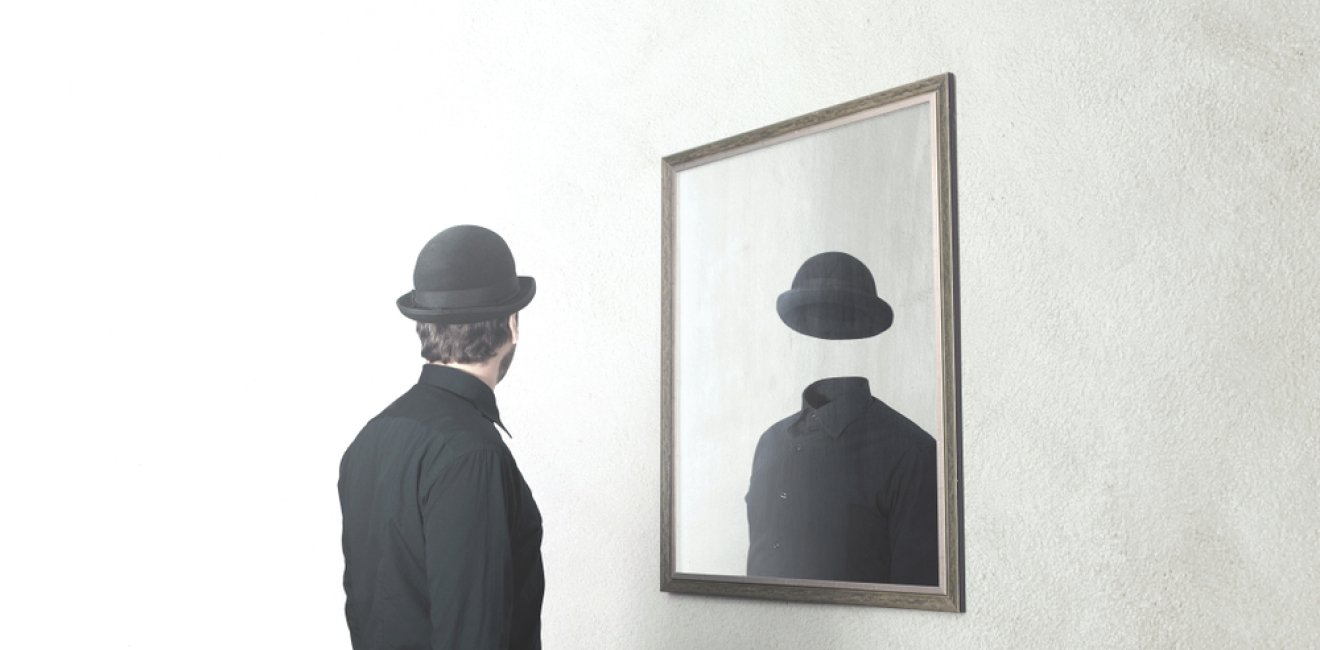
A blog of the Kennan Institute
BY GULNAZ SHARAFUTDINOVA
The gap between the West and Russia in terms of how the two sides perceive what is happening in Russia has been growing since 2006. In February of that year Vladislav Surkov used the term “sovereign democracy” (суверенная демократия) in a speech before members of the governing United Russia party to suggest that Russia’s democracy was special but still a democracy, present and future, even as the Freedom House rankings of democracy in Russia indicated otherwise. Russia was ranked “unfree” in 2004 for the first time and has stayed so ever since.
This gap in perceptions turned massive after 2014. After Russia’s Crimea grab, the West viewed Russia with anxiety, fear, and weariness. Meanwhile, different polling organizations in Russia were reporting a record-high sense of well-being, optimism, and hope for Russia’s future among survey respondents. Indeed, it seemed that not just Putin (as Chancellor Angela Merkel noted in 2015) but the whole of the Russian society was living in “another world.”
Looking into the Soviet Mirror
In my book, The Red Mirror, I tried to build an analytical bridge for seeing and understanding this “other world.” The central argument relies on viewing Russian politics through the prism of collective identity politics that underpinned not only Vladimir Putin’s popularity but also the Russian public’s renewed sense of social well-being and even euphoria. The metaphor of the red mirror captures the concept of identity well. Collective identity is akin to societal reflection in the mirror, which can differ depending on the context. The same person might see different reflections of him- or herself in the mirror depending on the lighting, mood, and other factors. The same thing holds for societies. Collectivities need such mirrors to recognize themselves.
When the Soviet Union collapsed in the early 1990s the familiar Soviet mirror was shattered, and no alternative mirror was immediately available. The Kremlin offered such a collective mirror in the twenty-first century. Over time, especially since 2012, it has come to look more and more like a Soviet mirror—a “red mirror.”
The Soviet collective identity relied on two key pillars. The first was a sense of Soviet exceptionalism and superiority that enabled each Soviet citizen to be associated with the great Soviet state. The second was a belief that the Soviet Union was surrounded by foreign enemies. Anyone who went through Soviet schooling might recall familiar phrases from history textbooks along the lines of “a young Soviet republic encircled by bourgeois states.”
Once the Soviet republic survived, it faced a Nazi invasion. After the war with fascism the USSR faced the Cold War. A worldview of the Soviet state surrounded by enemies was one of the foundational ideas used to consolidate Soviet society. It was the other face of exceptionalism.
When Russian society saw itself in that “red mirror,” it recognized the painfully familiar and sorely missed image of Russia. The annexation of Crimea was viewed through that mirror as a sign of recovered strength, as a release from Russia’s victimhood status associated with the 1990s, as a step on the return to greatness.
It would be a mistake to conclude that these ideas resonated only among those who grew up in the Soviet Union. The Russian state invested massive resources in patriotic education, and the young generations in Russia are also being brought up on notions of their “historically great” motherland and the returning strength and superiority of the Russian state.
Not a Homo Sovieticus
In considering Russia’s national collective identity, I do not advocate for the existence of a specific Soviet personality or Soviet mentality, often associated with the term Homo Sovieticus and seen as the enduring culprit of Russia’s current predicament. I do not accept the determinism of a way of thinking that looks for answers in some cultural codes or historically predetermined outcomes. Such thinking ignores the potential for social change present in any society. Further, it exculpates Russia’s elites and the leadership responsible for the crucial political choices made over the last few decades.
The cognitive legacies of the Soviet times, the meaning structures that were constructed under communism and subsequently lost with the end of communism, are numerous and variable. They exist as sleeping templates along with pre-Soviet ideas and institutions and provide the potential for different political choices. The political leadership plays the main role in picking and choosing the specific ideas, symbols, and meanings to inculcate in the Russian public.
The Kremlin has selected ideas and symbols that are best for the political survival of the political system as it has been fashioned during Putin’s presidency. The Kremlin must bear the responsibility for manipulating the self-serving nods to Russia’s history.
Boris Yeltsin presided over the same nation in the 1990s. However, he placed his bets on reforms and transformation, on Russia’s future as an integral part of the global economy and global society. Russia looked toward the future and what it could become. The Kremlin under Putin has placed its bets on what Russia once was, as a Soviet state.
This is not a strategy for returning to Soviet times but a strategy for political survival that builds on resentment and blames the other for a perceived national vulnerability.
Manipulating National Insecurities
During the 1990s, elite corruption turned into a systemic feature of Russia’s political economy, hampering the potential for Russia’s future prosperity. In the 2000s Putin could have tried to deal with these issues. And he did, in his own way.
His response to the political economy of the 1990s involved rebuilding the state and imposing political control over the private sphere, all directed toward creating the infamous “vertical of power.” Rebuilding the state à la Putin, however, did not mean leaning in to the rule of law. The government accountability mechanisms weakened in the twenty-first century, and the Russian state itself started resembling a Mafia state more and more as the number of decision-makers at the top dwindled. It is in response to these developments that the Soviet symbols and ideas resonated with the Russian public so intensely.
I believe that a different interpretation of the 1990s would have been possible (and might still be possible) had there been space in the public sphere for discussing the initial meanings and purpose associated with the birth of a post-Soviet Russia. After all, Russia is not the only country to pass through a painful transition. Nonetheless, the other postcommunist societies were able to maintain their initial commitment to reforms and the national purpose of the transition. The painful period was part of the transformation that brought them to a new place of sovereignty, democracy, and national self-determination. There was a shared consensus as to why the pain was inflicted (and is still felt in many places). Under Putin’s leadership, Russia’s elites resoundingly abandoned that national purpose as an accounting for pain.
They did so in search of political survival. A quiet renunciation of the initial purpose of the Russian reforms of the 1990s was the price paid for that stability. Building a rule-of-law state—a potential alternative to reaching stability in a different way—was too costly for these elites, both politically and economically.
Russia’s Other Potential
But there was another potential future for Russia, had the country’s elites been ideologically committed to democracy and the rule of law. Russia’s economic growth during 1999–2008 could have been leveraged to assert a commitment to reforms, to show that the painful reforms bore real fruits, thereby giving meaning and purpose to the hardships accompanying the 1990s reforms. The Kremlin, however, chose a different path.
Under Vladimir Putin’s leadership, the Kremlin chose to emphasize military prowess. The outside world needed to respect Russia, even if that respect was motivated by fear.
That response resonated with the public. It did not, however, preclude the possibility of other types of responses that potentially could have resonated even more. Many more Russians would have found a different focus for building national strength more attractive: one that involved enhancing national economic competitiveness, say, or human capital development, or working toward an innovative, knowledge-based economy, or creating opportunities for individual self-realization. However, Russia’s crony capitalism, which emerged in the 1990s, was already well established. There were no elites willing and capable of transforming the system at its core.
The Russian elites are not unique in their use of collective trauma to legitimize their rule. In that respect, social identity theory can be applied to explain the phenomenon of Putin’s (and other strongmen’s) leadership. Leadership in such a context entails activating group membership and linking leaders with followers in such a way that followers view a leader as someone who is “one of them,” who “makes sense of them as a group,” who “promotes group interests” and “makes them matter.”
This approach can help us appreciate what many Russians see in Vladimir Putin. Issues of collective belonging are psychologically significant for all people. National belonging in particular is one of those deeply held dimensions of individual existence. We derive meaning, purpose, and self-esteem from belonging to groups, especially a nationally identified group.
That sense of national belonging was very much activated in Russia after the 2014 annexation of Crimea and was associated with more positive emotions, such as pride and optimism. Putin’s popularity soared in those circumstances. But this has never been inevitable. Putin has manipulated a certain set of nods to Russia’s collective psyche. He has selected the kinds of ideas and symbols that are best for his political survival. But that very fact means that other ideas and national goals potentially exist within Russian society and can be activated at the next historical stage when other mirrors are available.
The opinions expressed in this article are those solely of the author and do not reflect the views of the Kennan Institute.
Author

Reader, King’s College Institute

Kennan Institute
After more than 50 years as a vital part of the Wilson Center legacy, the Kennan Institute has become an independent think tank. You can find the current website for the Kennan Institute at kennaninstitute.org. Please look for future announcements about partnership activities between the Wilson Center and the Kennan Institute at Wilson Center Press Room. The Kennan Institute is the premier US center for advanced research on Eurasia and the oldest and largest regional program at the Woodrow Wilson International Center for Scholars. The Kennan Institute is committed to improving American understanding of Russia, Ukraine, Central Asia, the South Caucasus, and the surrounding region through research and exchange. Read more

Explore More in The Russia File
Browse The Russia File
Chechnya as a Model of Modern Russia

Russia’s Indigenous Communities and the War in Ukraine

Gas and Power in a Changing US–Russia Relationship

